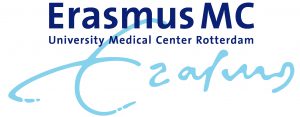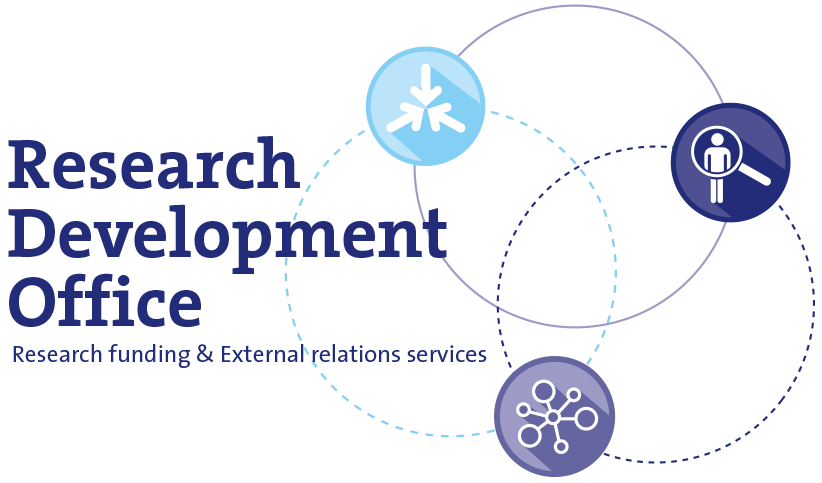Repairing bile duct damage during machine-based organ preservation
Client :
Liquid Themes
Repairing bile duct damage during machine-based organ preservation

Project summary
There is an increasing need for good quality donor organs, and many patients die on the waiting list due to this donor shortage. This has a serious effect on patients and their loved ones; not only is their disease progressing with the risk that they will not be fit enough to eventually receive an organ, also the psychosocial aspects of increased stress and depression are important. Increasing the donor pool by repairing marginal donor organs instantly relieves this health and psychological burden. Here we will grow bile duct organoids to amounts needed for treatment. We will use these to repair liver grafts of poor quality. By infusing the organoids during machine perfusion, we can easily monitor the quality of the liver.
Faster treatment of more patients will impact fitness and quality of life of individual patients which will result in increased work productivity and decreased need of intensive and costly health care. Expanding the technology that SCINUS, a Dutch biotech company, developed for immune cells and other cell types, to 3D-grown organoids as proposed in this project, allows for acquisition of competitive expertise, and provides considerable leverage on exploring new clinical application areas. Being the first on the market to enable clinical grade organoid production will have huge economical value.
BEACON will pave the way for initiating clinical trials that so far have not been performed due to lack of sufficient cell numbers to be infused, lack of technology to grow clinical grade organoids, and lack of skills and technology to maintain extended periods of machine perfusion. The knowledge gained on the processes involved in bile duct repair in this will be of significant benefit to a broad spectrum of scientists, from fundamental researchers working on stem cell biology, to clinicians and surgeons in the hepatology field. New insights into cell delivery and homing to damaged parts will enable other researchers to develop similar approaches for other organs such as lungs, kidneys, and pancreas.
More detailed information
Principal Investigator:
M. Verstegen
Role Erasmus MC:
Principal Investigator
Department:
General Surgery & Management
Project website:
Funding Agency:




